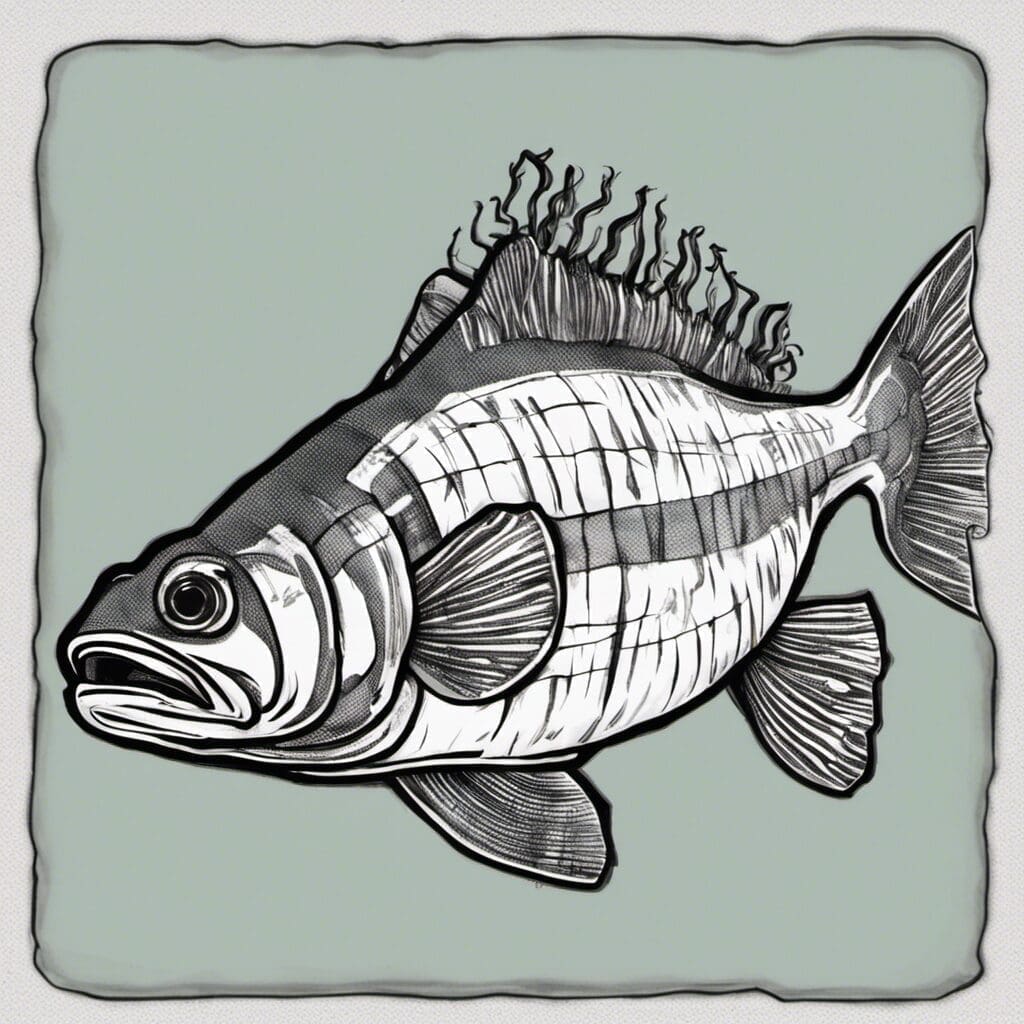Introduction
The Flannelmouth Sucker (Catostomus latipinnis) is a unique fish species belonging to the Catostomidae family.
Conservation Status
The Flannelmouth Sucker is listed as a species of Least Concern by the IUCN Red List. Conservation efforts focus on preservation of habitat and water quality, with programs in place to monitor populations and minimize impacts of human activities.
Statistics
| Stat | Average | Range |
|---|---|---|
| Length | 30cm | 25 – 40cm |
| Weight | 0.5kg | 0.2 – 0.8kg |
| Average Lifespan | 10 years | Not applicable |
Distribution
The Flannelmouth Sucker is prevalent throughout the large river systems of the western United States. There are no known migration patterns for this species.
Habitats
The Flannelmouth Sucker prefers slow-moving freshwater rivers and streams. It resides in a depth range anywhere from surface level up to 20 meters, and prefers temperatures ranging from 10 to 25 degrees Celsius.
When and Where to See
The Flannelmouth Sucker can typically be observed at the height of summer, with prime viewing occurring at dusk and dawn.
Best Fishing Locations
Some prime locations for sighting and fishing the Flannelmouth Sucker include:
1. Colorado River, Colorado
2. Green River, Utah
3. San Juan River, New Mexico
4. Salt River, Arizona
General fishing tips include focusing on the deeper, slower-moving parts of rivers, particularly at the edge of eddies where food may accumulate.
How to Catch
The preferred bait for the Flannelmouth Sucker includes nightcrawlers, small crayfish, and fly lures that mimic their food. Common fishing techniques used include fly fishing and bobber fishing. The best time of day for fishing is early morning or late evening.
Identification Guide
The Flannelmouth Sucker has a distinct shovel-shaped mouth, round head, and brown to olive coloration on the body. It is distinct from the similar Mountain Sucker due to its much larger size and broader mouth.
Culinary
The Flannelmouth Sucker is not typically used for culinary purposes due to its small size and bony structure.
Additional Information
The Flannelmouth Sucker is predominantly a bottom feeder, relying on algae and small invertebrates for sustenance. The primary threat to this species is habitat loss due to human activities. There is no known significant cultural or historical significance tied to this species.
References and Further Reading
For more comprehensive information about the Flannelmouth Sucker, consider these sources:
Fishbase
Nature.org
IUCN Red List

